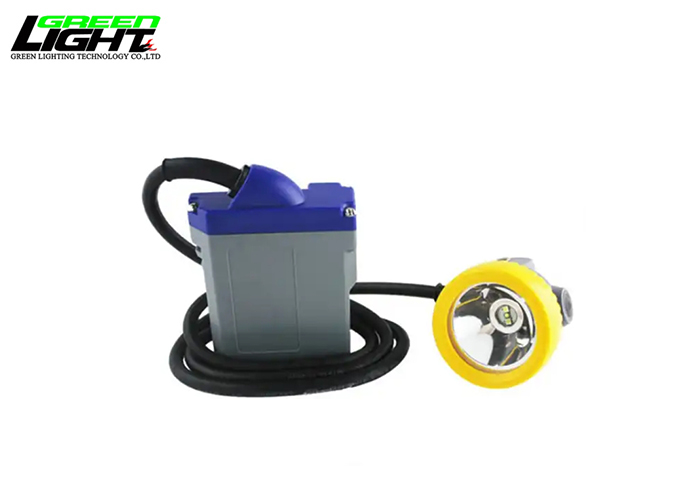What light is used in mining?
Mining lights play a crucial role in providing illumination in the often dark and challenging environments of mining operations. These lights are specifically designed to meet the unique needs and safety requirements of miners working underground.
Features of Mining LightsDurability: Built to withstand harsh conditions, including dust, moisture, and impact. Brightness: Emit high-intensity light to ensure visibility in dark tunnels and chambers. Long Battery Life: Equipped with batteries that provide extended operational periods. Lightweight Design: Minimize strain on miners, allowing for comfortable wear. Adjustable Beam: Some lights offer adjustable beams to cater to varying work conditions. Safety Features: Incorporate features like LED technology for improved safety and visibility. |  |
Applications
Mining lights find applications in various areas within the mining industry:
- Underground Mining: Illuminate tunnels, shafts, and work areas for safe operations.
- Surface Mining: Provide visibility during night shifts and low-light conditions.
Exploration: Used by geologists and exploration teams in remote and dark terrains.
Production Process
- Design Phase: Engineers and designers collaborate to create a light suitable for mining conditions.
- Material Selection: Choose materials for durability, heat resistance, and light weight.
- Assembly: Assemble components, including the housing, batteries, LED modules, and wiring.
- Testing: Conduct rigorous testing for durability, brightness, and battery performance.
Quality Control: Implement quality checks to ensure adherence to safety standards.

Technologies Used
- LED Technology: Most modern mining lights use LED bulbs for energy efficiency and brightness.
- Lithium-Ion Batteries: Provide long-lasting power in a compact and lightweight form.
Smart Lighting: Some lights may incorporate smart features such as adjustable brightness and connectivity.
Production Process Flow
- Conceptualization: Ideation and conceptual design based on mining industry needs.
- Prototyping: Develop prototypes for testing and evaluation.
- Refinement: Refine the design based on testing results and user feedback.
- Mass Production: Begin large-scale manufacturing of the finalized design.
Distribution: Distribute lights to mining companies and suppliers.

Frequently Asked Questions (FAQ)
How long does the battery last?
- Battery life varies but can range from several hours to over a day, depending on the model.
Are mining lights explosion-proof?
- Many mining lights are designed to be explosion-proof to enhance safety in volatile environments.
Can the brightness be adjusted?
- Some models feature adjustable brightness settings to adapt to different lighting needs.
Are these lights suitable for other industries?
- While designed for mining, similar lights are used in construction, emergency services, and exploration.
How often should the batteries be replaced?
- Battery replacement intervals depend on usage but are typically outlined in the product specifications.
Can the lights withstand water exposure?
- Many mining lights are water-resistant or waterproof to endure damp conditions underground.
Do these lights have certifications for safety standards?
- Yes, reputable mining lights undergo certification processes to meet safety standards.
Can the lights be customized for specific mining operations?
- Some manufacturers offer customization options based on the unique needs of mining companies.
What is the average lifespan of a mining light?
- Lifespan varies, but with proper care, many lights can last several years before replacement.
Are spare parts readily available?
- Reliable manufacturers typically provide spare parts and support for maintenance needs.


